Do you love big bluegill?
Before I get too far into making myself the town idiot, can I get clarification that these fish could all be females?
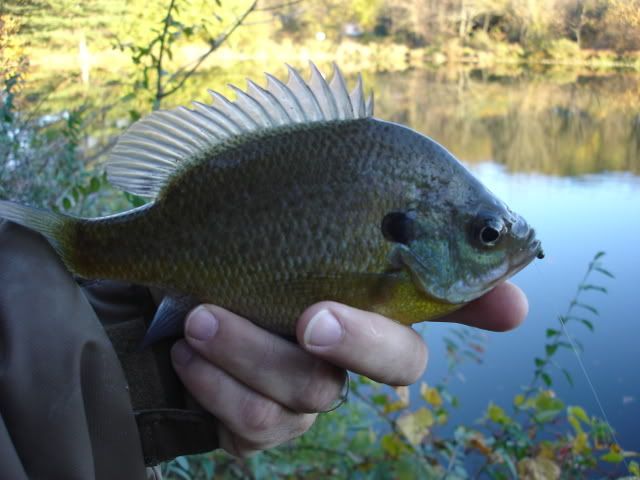
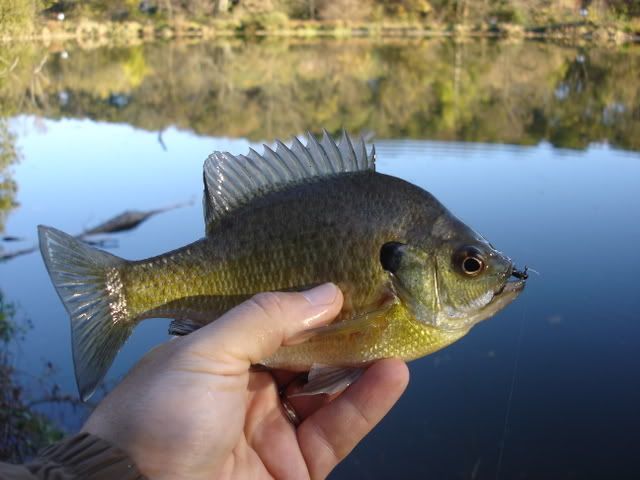
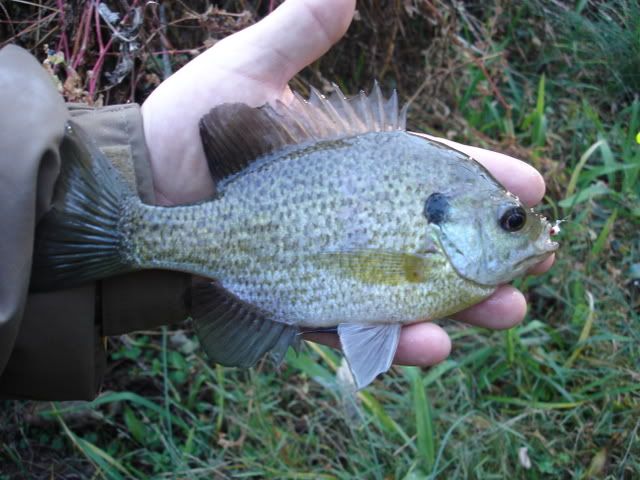
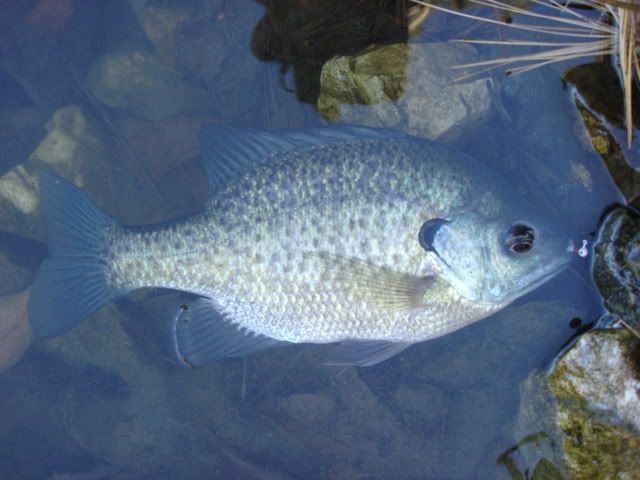
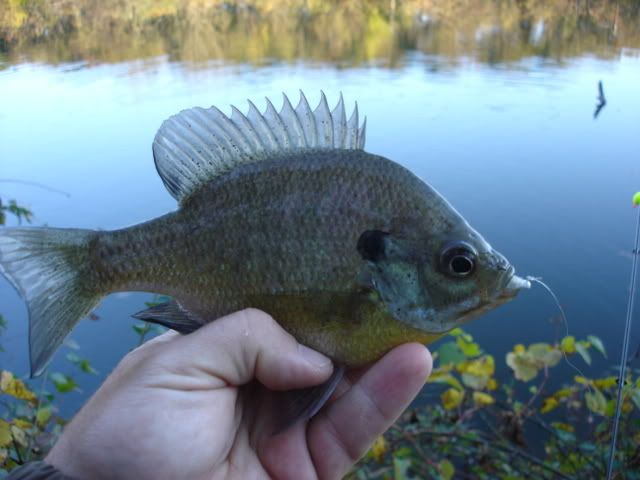
Views: 182
Replies to This Discussion
-
at a glance, the first and last appear to be males. The "ear" is more elongated.
-
Here's my guess, along with my percentage of certainty.
1. Female 70%
2. Female 100%
3. Female 100%
4. Female 100%
5. Female 70%
I think both the first and fifth fish have the potential to be immature males, or cuckolder males, but they look more like older, low Wr females. Probably 4-5 year old fish.
They have female coloration and no black scale tipping along the nape, which is indicative of males. To be honest with you, if I hadn't fileted about a thousand fish just like this, I would have probably guessed them as males.
-
I agree they all have the female coloration - and if I had to make a decisions M or F - I'd go F on all the pics.
The last picture to me is the one that I would question the most - I guss if I was harvesting males only or females only as part of a management plan - and I wasn't sure.................... I'd keep it and at least it couldn't really hurt in the long run.
FH
-
I agree fully with what Dr. Bruce said. If I were selecting males for a project none of them would be kept as definate male fish.
-
Thanks!
Here's the situation. This pond I'm fishing has been on it's own accord for ~12-13 years now. It's a private pond that recieves limited use from individuals that have access to it (IWLA membership only).
Over the past few weeks, the three of us (myself and two boys) have handled 132 'gills from our angling attempts - I can't ID any of them as being definate male fish.
This concerns me for the future of this pond.
I question if it's our angling techniques that may be limiting us to the female population - targetting certain areas at certain times of day, with a certain presentation; or has past removal of bull 'gills by the collective users started to show it's ugly head?
-
Zig - Since you are not catching BG with more distinct male characters, I think probably most of what you are seeing are the affects of anglers that have cropped or harvested the larger BG probably many from the spawning beds when mature BG are quite a bit more vulnerable to shoreline anglers. Control or management of a fishery is definately more difficult when other "free will" anglers are involved. Thus you are not fully aware of what comprises the fishery and what has been removed.
In some ponds/lakes the majority of BG do not get much larger than those you are catching. But when that occurs, male BG, when mature and the size in your photos, do have at least some of the "characteristic male features". One or two of those in your 4 photos could could easily be immature males. Dr. Bruce's and my comments were that none of them were positively mature male fish, and not that none were male fish. I just ment that none were definately males if I needed 99.99% assurance that the fish was male.
Zig mentions "I question if it's our angling techniques"...., This could have an influence at least with catching the largest, wiser BG. How big and maximum depth is the pond/small lake? Shoreline fishing sometimes does not reach the deeper refuge areas for larger fish. Sometimes later in summer and fall the larger BG stay more offshore and in deeper water, thus by not fishing where they are holding or hanging out can limit catches to smaller individuals. Sometimes when large BG are hook smart due to frequent fishing pressure, they will not bite baits presented in regular manner. One has to use finese techniques, often with live bait on small hooks on 2-4 lb test line fished (sometimes from a boat or tube float) in deeper water.
-
By carefully studying the markings on the fish in those pictures, I have determined that they are all pictures of the same individual fish. ;o)
That is one hungry and angry fish, now that you've caught it 132 times. Or maybe it just likes to be petted? LOL!
Just kidding!
-
Looks like all females by their coloration. Some fish can be classified by the shape of their anal openings. Males have a round hole while females have a pear shaped opening. I have used this on bass and muskie but not on bluegills yet. I can also age them by the rings on their scales somewhat like ageing a tree by the growth rings.
© 2025 Created by Bluegill.
Powered by
![]()